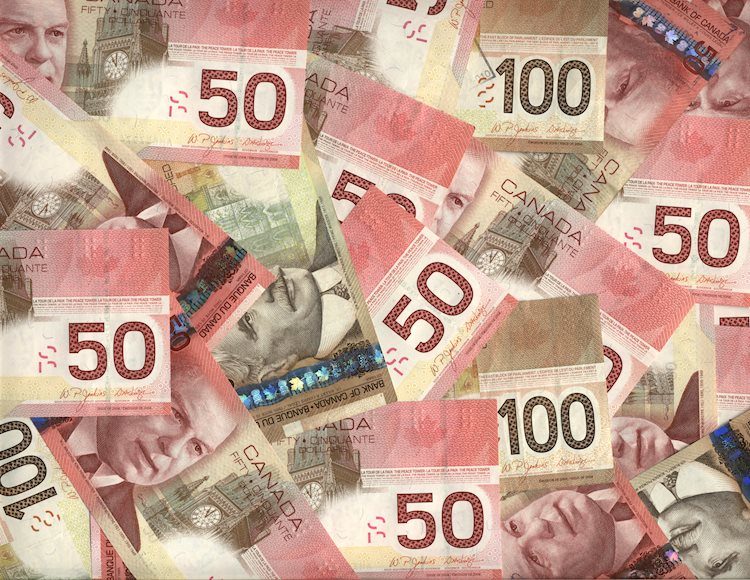The USD/CAD pair is showing a bullish bias as it continues to climb within an ascending channel pattern, reaching around 1.4010 during the Asian trading session on Thursday. Traders are closely watching the 14-day Relative Strength Index (RSI), which is just below the 70 level, indicating ongoing bullish momentum without yet signaling an overbought state. If the 14-day RSI surpasses 70, a potential downward correction could be anticipated, pushing the pair towards the 1.4000-1.3950 range. However, a breakout above the upper boundary of the ascending channel at the 1.4080 level could strengthen the bullish trend and lead the pair towards the next key resistance level at 1.4173, reached in May 2020.
In terms of support levels, immediate support can be found around the nine-day Exponential Moving Average (EMA) at the 1.3943 level, followed by the 14-day EMA at 1.3917. A break below these EMAs could weaken the bullish bias and put downward pressure on the pair towards the lower boundary of the ascending channel at 1.3860. Traders are advised to keep a close eye on these levels and indicators to navigate potential trading opportunities in the USD/CAD pair.
The key factors influencing the Canadian Dollar (CAD) include the level of interest rates set by the Bank of Canada, the price of Oil, Canada’s largest export, the country’s economic health, inflation, and the Trade Balance. Market sentiment, such as risk-on versus risk-off, also plays a role in the value of the CAD, with risk-on sentiment usually being CAD-positive. Additionally, the health of the US economy, as Canada’s largest trading partner, is a significant factor influencing the Canadian Dollar’s value.
The Bank of Canada plays a crucial role in shaping the Canadian Dollar’s value by setting interest rates that impact borrowing costs for both individuals and businesses. The main objective of the BoC is to maintain inflation within a target range of 1-3% by adjusting interest rates accordingly. Higher interest rates tend to be positive for the CAD, while quantitative easing and tightening measures can also influence the currency’s value. The price of Oil, another key factor, directly impacts the CAD as petroleum is Canada’s primary export.
Inflation, which can be seen as a negative factor for a currency in traditional terms, has a more complex relationship with the Canadian Dollar in modern times due to global capital flows. Higher inflation can lead to central banks raising interest rates, attracting capital inflows from investors seeking high returns. This increased demand for the local currency, in this case, the Canadian Dollar, can strengthen its value. Macroeconomic data releases such as GDP, employment figures, and consumer sentiment surveys also influence the CAD’s direction, with a strong economy typically supporting a higher currency value.
Overall, traders and investors in the USD/CAD pair should pay attention to the various factors affecting the Canadian Dollar’s value, including interest rates, Oil prices, economic data, and market sentiment. By staying informed and monitoring key levels and indicators, traders can make more informed decisions and capitalize on potential opportunities in the currency markets.











